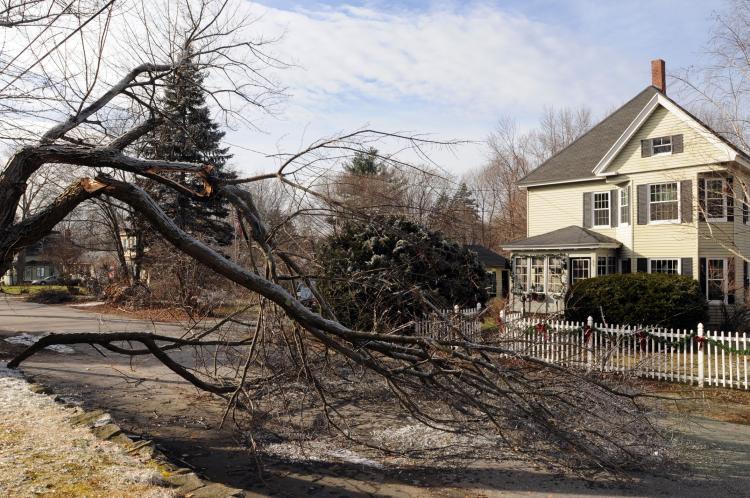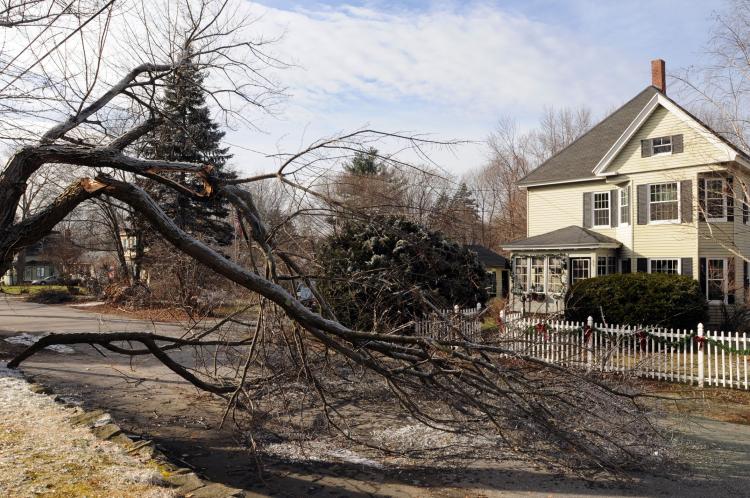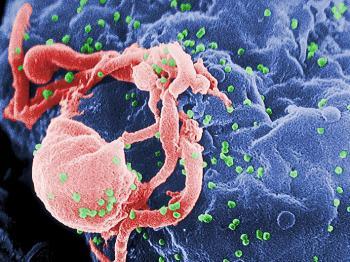Folks in Northeast U.S. are spending this Holiday Season walking in a winter wonderland, only they’re finding out that it’s not quite so wonderful. In one of the worst ice storms to hit the Northeast in the past decade, over 1.4 million homes and business were left without power and these kinds of conditions can be deadly.
On Friday, a state of emergency had been declared in Massachusetts, New Hampshire, and parts of Main and New York State. By Monday, New Hampshire and parts of Massachusetts still remained in a state of emergency.
Ice storms happen when rain droplets encounter freezing or sub-freezing temperatures at the surface. The freezing rain then accumulates on power lines, trees, housing fixtures, anything left out in the open. If power lines don’t snap under the weight of the ice, then it is very likely that falling tree branches will do the job.
Making matters worse are the strong winds that the Northeast has been having in the past few days. Fallen trees have damaged houses and blocked roads, making traveling a nightmare. This has left many stranded without power. Officials are saying it will take several days before they are able to restore power. Particularly affected by the freezing temperatures are infants and the elderly who are most at risk without the aid of indoor heating.
At least four people are thought to have died because of the storm. One body recovered was that of a public works supervisor from Marlborough, Massachusetts. He was found on Saturday, a day after responding to reports of downed trees. A man in Danville, New Hampshire and a couple in Glenville, New York were also found dead when their homes filled with carbon monoxide from their power generators.
Although government and city workers are doing everything they can to restore power, getting to the damaged power lines has been difficult due to impassable roads blocked by downed trees, thick layers of ice, and other debris.
According to the Public Service of New Hampshire website, “Crews continue to struggle with debris making several roads impassable and equipment hard to reach. Damage from the storm was so massive and widespread that much of Saturday was spent assessing damage. In many cases, PSNH crews have had to cut their way into the damage to fully determine what repairs are necessary.”
Although utility crews have been working around the clock to restore power, by Monday, more than 400,000 homes and businesses were still without electricity.
On Friday, a state of emergency had been declared in Massachusetts, New Hampshire, and parts of Main and New York State. By Monday, New Hampshire and parts of Massachusetts still remained in a state of emergency.
Ice storms happen when rain droplets encounter freezing or sub-freezing temperatures at the surface. The freezing rain then accumulates on power lines, trees, housing fixtures, anything left out in the open. If power lines don’t snap under the weight of the ice, then it is very likely that falling tree branches will do the job.
Making matters worse are the strong winds that the Northeast has been having in the past few days. Fallen trees have damaged houses and blocked roads, making traveling a nightmare. This has left many stranded without power. Officials are saying it will take several days before they are able to restore power. Particularly affected by the freezing temperatures are infants and the elderly who are most at risk without the aid of indoor heating.
At least four people are thought to have died because of the storm. One body recovered was that of a public works supervisor from Marlborough, Massachusetts. He was found on Saturday, a day after responding to reports of downed trees. A man in Danville, New Hampshire and a couple in Glenville, New York were also found dead when their homes filled with carbon monoxide from their power generators.
Although government and city workers are doing everything they can to restore power, getting to the damaged power lines has been difficult due to impassable roads blocked by downed trees, thick layers of ice, and other debris.
According to the Public Service of New Hampshire website, “Crews continue to struggle with debris making several roads impassable and equipment hard to reach. Damage from the storm was so massive and widespread that much of Saturday was spent assessing damage. In many cases, PSNH crews have had to cut their way into the damage to fully determine what repairs are necessary.”
Although utility crews have been working around the clock to restore power, by Monday, more than 400,000 homes and businesses were still without electricity.



